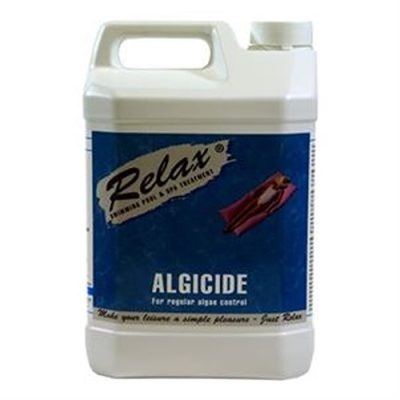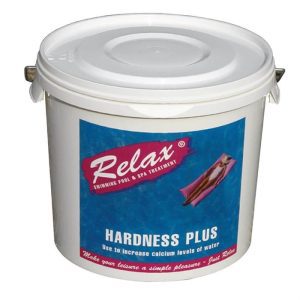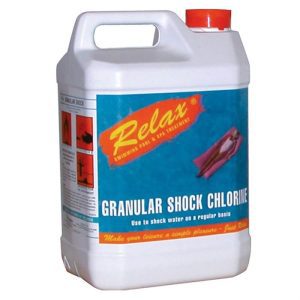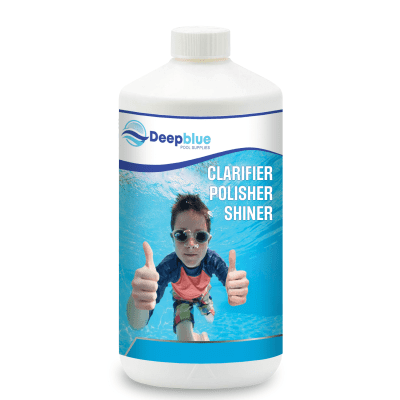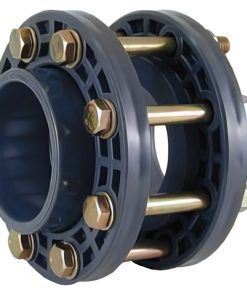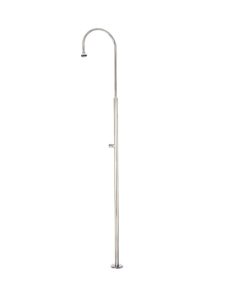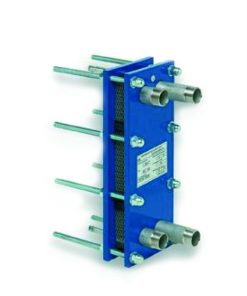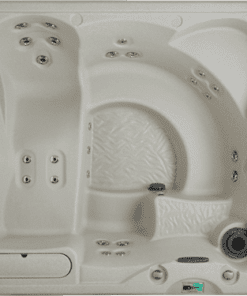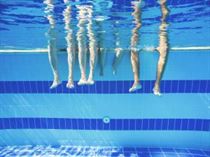Blogpool, Chemicals, Maintenance, Swimming Pool
Closing Your Pool for the Winter: Best Practices
The arrival of winter season marks the ideal time to prepare your pool for seasonal closure. The proper winterization process protects pools from freezing temperatures while creating an easy spring reopening process. Follow these steps to properly winterize your pool for protection throughout the cold season.
Why Winterizing Your Pool is Important
The process of winterizing your pool becomes necessary for locations which experience freezing temperatures because it protects your swimming pool from water damage caused by freezing temperatures. Frozen water expands during the freezing process which leads to pipe destruction and damage to pool walls and possible harm to filtration equipment. Proper pool closing procedures will save you money by preventing expensive repairs when spring arrives.
When to Close Your Pool
A pool should be closed when water temperatures remain at or below 15°C (60°F) consistently. Early closure of the pool stimulates algae development but late closure exposes it to ice damage. Pool owners in the UK typically perform their pool closures during late September through early October.
Step 1: Clean the Pool Thoroughly
A complete cleaning operation should start before you begin closing your pool. The cleaning process stops algae and bacteria from multiplying throughout winter. Perform these cleaning steps to prepare your pool:
Use a skimmer to collect floating debris including leaves and bugs from the pool surface.
Use a pool vacuum to extract dirt and debris that has accumulated on the pool floor.
A pool brush should be used to clean the walls and floor of the pool. You should concentrate your brushing efforts on locations where algae frequently forms such as pool steps and corners.
Step 2: Test and Balance the Water
Water chemistry balance must be achieved prior to winter closure of your pool. The proper water chemistry balance protects equipment from corrosion and stops scale formation and algae development throughout the winter season. The following steps should be followed:
pH Levels: Maintain the pH between 7.2 and 7.6 levels. Use pH increaser or pH decreaser to adjust the levels until they reach the recommended range.
The alkalinity should stay between 80-120 ppm to stop pH levels from changing during winter months.
Maintain your pool surfaces from scaling and etching through calcium hardness levels that should be between 200-400 ppm.
Shock the Pool: Add a high dose of chlorine or non-chlorine shock to kill any bacteria or algae present in the water.
Shock dosage: Use 500g of chlorine shock per 10,000 liters of water.
Step 3: Lower the Water Level
The water level reduction stops freezing and expansion which protects the pool’s plumbing system and filtration equipment from damage. The following instructions describe the procedure.
In Ground Pools: The water should be reduced to a point where it reaches just below the skimmer opening.
Above Ground Pools: Lower the water level to just below the skimmer and return fittings. The complete drainage of your pool should be avoided since this action will cause the liner to shrink while possibly damaging it
Step 4: Winterize the Equipment
The winterization of pool equipment requires proper execution to shield it from freezing temperatures. Follow these steps:
Drain the Pump: Switch off the pump while emptying every drop of water from both the pump and filter units to stop freezing. The drain plug needs removal for water to drain while the pump continues running.
Winterize the Filter: The manufacturer should be consulted regarding proper winterization procedures for sand filters, cartridge filters or DE filters. Winterizing typically requires draining followed by cleaning the filter before covering it for the winter months.
Blow Out the Lines: Use a wet/dry vacuum or a blower to remove water from the pool’s plumbing lines. The process protects your pipes from freezing and bursting. The vacuum or blower hose should be inserted into the skimmer and return fittings to push water out of the lines.
Step 5: Add Winter Chemicals
After cleaning and draining the pool, it is time to add winter chemicals to keep the water in good condition during the offseason.
Algaecide: It is a good idea to add an algaecide before closing in order to prevent algae from growing during the winter.
Use: Dosage: Use 1 liter of algaecide per 10,000 liters of water.
Winterizing Chemical Kit: There are special winterizing kits available that contain a mix of chemicals that are specifically designed to help keep your pool water in good balance during the winter.
Step 6: Cover the Pool
Once you have finished all of the above, it is time to put a cover on your pool. A good cover does two things: prevents debris from getting in the pool and reduces evaporation and stops the water temperature from getting too cold.
Choose the Right Cover: Use a winter cover that is made specifically for your type of pool whether it is in-ground or above ground. Make sure the cover is tight and not going to come off in the wind.
Secure the Cover: Use water bags, sandbags or anchors to secure the cover. Make sure it is tight enough so that debris does not collect under it.
Step 7: Check the Pool Periodically
No matter how cold the winter is, it is important to check the pool every now and then:
Inspect the Cover: Check the cover often for any accumulation of debris or water on top. If there is any debris, clean it off and if there is any water on top, use a cover pump to remove it.
Check the Water Levels: If the water level has dropped significantly due to evaporation or rain, you may want to top it up to the correct level.
Spring Preparation: Opening Your Pool
You will need to prepare to open your pool for the season when winter comes to an end. Here’s a quick overview of what to do:
Remove the Cover: Carefully remove the cover and clean it and then store it for the summer. Clear the area around the pool of any debris.
Inspect the Equipment: Check all pool equipment for any damage that might have occurred over the winter. Make any necessary repairs.
Fill the Pool: If the water level is too low, top up the pool with fresh water to the correct level.
Test and Balance the Water Chemistry: Before you start using the pool, test and balance the water chemistry.
Conclusion
Closing your pool for the winter may seem like a big job, but by following these steps, you will be able to protect your investment and make reopening in the spring much easier. By properly winterizing your pool and equipment you will be able to extend the life of your pool and equipment, reduce the money spent on repairs and have a smooth transition into the swimming season. If you require any of the chemicals mentioned above, please visit our website or give our friendly support team a call. With a bit of preparation, you can have a trouble free pool for years to come.
Some products you might be interested in:
Algicides Clarifiers and Cleaners
Best Online Sellers
Algicides Clarifiers and Cleaners


